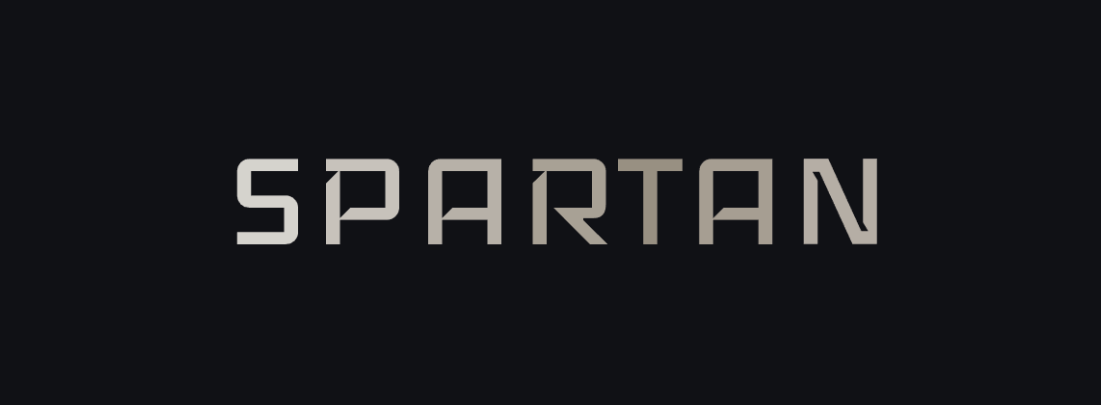Spartan is a research-focused game engine designed for real-time solutions, providing a dynamic experience. Not intended for game development yet, it serves as a valuable study resource due to its clean, modern, and high-quality architecture.
-
For occasional updates regarding the project's development, you can follow me on twitter.
-
For questions, suggestions, help and any kind of general discussion join the discord server.
-
For issues and anything directly related to the project, feel free to open an issue.
-
Adhering to the MIT license is appreciated. This means that you can copy all the code you want as long as you include a copy of the original license.
Occasional livestreams on Discord for interesting topics.
 |
 |
|---|
- 10+ font file formats support (FreeType)
- 20+ audio file formats support (FMOD)
- 30+ image file formats support (FreeImage)
- 40+ model file formats support (Assimp)
- Vulkan and DirectX 11 backends (same HLSL shaders compile everywhere)
- Deferred rendering with transparency (under a single render path and using the same shaders)
- Principled BSDF supporting anisotropic, clearcoat and cloth materials (combined with things like normal mapping, parallax, masking, occlusion etc)
- Bloom (Based on a study of Resident Evil 2's RE Engine)
- Volumetric lighting
- Depth of Field
- Lights with physical units (lux for directional, candelas for point and spot lights)
- Shadows with penumbra and colored translucency (Cascaded and omnidirectional shadow mapping with Vogel filtering)
- SSAO (Screen space ambient occlusion). Can be extented to SSGI (Screen space global illumination)
- SSR (Screen space reflections)
- SSS (Screen space shadows)
- TAA (Temporal anti-aliasing)
- Physically based camera (Aperture, Shutter Speed, ISO)
- Depth of field (controlled by the aperture of the camera)
- Motion blur (controlled by the shutter speed of the camera)
- Real-time shader editor
- On the fly mip generation on the GPU, using a single dispatch.
- Font rendering
- Frustum culling
- Physics (Rigid bodies, Constraints, Colliders)
- Entity-component system
- Event system
- Mouse & keyboard input as well as controller support (tested with a PS5 controller)
- Debug rendering (Transform gizmo, scene grid, bounding boxes, colliders, raycasts, g-buffer visualization etc)
- Thread pool
- Engine rendered platform agnostic editor
- Profiling (CPU & GPU)
- Support for XML files
- Easy to build (Single click project generation which includes editor and runtime)
- AMD FidelityFX Contrast Adaptive Sharpening
- AMD FidelityFX Single Pass Downsampler
- AMD FidelityFX Super Resolution 2
- AMD Compressonator for texture compression
| Feature | Completion | Notes |
|---|---|---|
| Vulkan polishing | 98% | Outperform D3D11 in all cases and improve stability. |
| DirectX 12 | 10% | The rendering API has matured thanks to Vulkan, finishing with DX12 should be easy. |
| Ray traced shadows | - | Low priority, first I get Vulkan to be as stable as possible. |
| Ray traced reflections | - | Low priority, first I get Vulkan to be as stable as possible. |
| Eye Adaptation | - | Low priority. |
| Subsurface Scattering | - | Low priority. |
| Linux support | - | Vulkan and SDL is there, working on a linux port is now possible. |
- Skeletal Animation.
- Atmospheric Scattering.
- Dynamic resolution scaling.
- Export on Windows.
- UI components.
- Make editor more stylish.
- Scripting.




